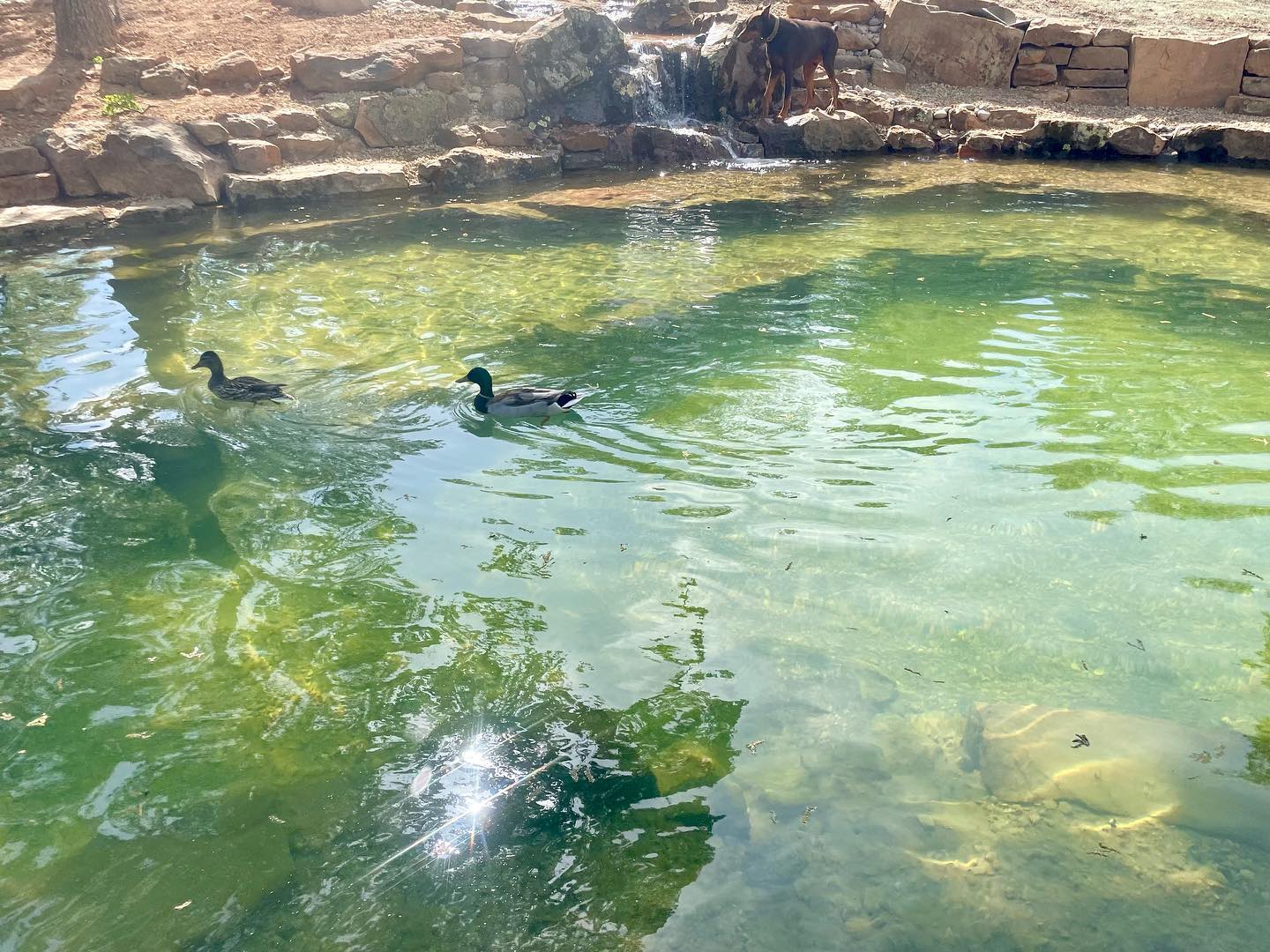Leaks in ponds are quite common but don’t worry, there are many ways to fix them based on the type of leak you’re dealing with. Often, leaks occur around streams or waterfalls and are easy to spot. Sometimes, what seems like a leak might just be water evaporation, especially during hot summer days. Below, find steps to identify and fix leaks in your pond, so you can enjoy it during the warm months.
Is It a Leak or Just Evaporation?
Understanding the difference between a leak and natural water loss due to evaporation is crucial. Evaporation rates differ by location and season. For instance, in hot areas like Phoenix, expect up to three inches of water loss weekly in summer, whereas in cooler regions like the Great Lakes, the rate might be one to two inches. If your pond’s water level drops within these ranges, it’s likely just evaporation.
Step One: Locating the Leak
If you’re losing more water than typical evaporation rates suggest, you probably have a leak. Commonly, leaks are found near low edges around streams or waterfalls, where the earth has settled. Look for damp areas in the soil or mulch around these features. By shifting some rocks and digging slightly, you can spot if water is escaping over the pond liner’s edge. To fix it, just pile up soil, rocks, or gravel to stop the water from leaking out. You might enjoy fixing it yourself, or you can call a professional.
Step Two: When It’s Not the Stream
If the area around your stream or waterfall is dry, check if the leak is elsewhere. Turn off the pump and watch the water level. If it stabilizes, the leak could be near the waterline or below, possibly caused by nearby plants or frequent foot traffic. Strengthen the affected edge with materials like soil or gravel to stop the water from leaking.
Step Three: Inspecting the Plumbing
If the water stops dropping near the skimmer, the issue might be there. Check around the skimmer by moving rocks and feeling for moisture. If you find wetness, re-sealing the skimmer’s face-plate should fix the leak. However, if water is draining from your biological filter, the issue likely lies within the plumbing. Depending on whether you installed the pond yourself or hired someone, you may choose to fix it or call in a professional.
Step Four: Examining the Liner
Should water levels fall below the skimmer, inspect the liner for the leak. Search around the level where water stopped decreasing for any small tears or punctures, which might be hidden by rocks or vegetation. Finding the exact spot may take time, but repairing it with a pond liner patch kit is straightforward. After fixing, refill the pond, and use a Pond Detoxifier to protect your fish from tap water contaminants.
In Conclusion
Finding and fixing a pond leak can be a bit of work, but it’s usually manageable. Remember, most leaks are found around the edges, like at waterfalls or streams, and can be quickly remedied. Fix leaks promptly to continue enjoying your beautiful pond all summer. If you need help, don’t hesitate to reach out for assistance.






